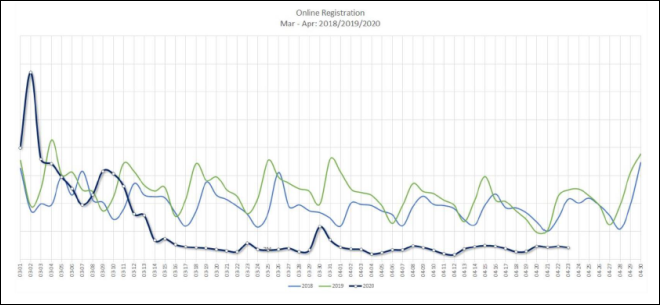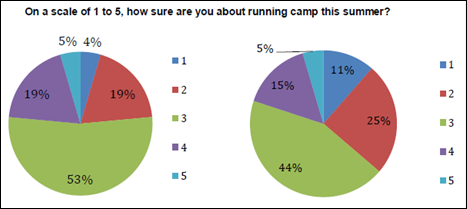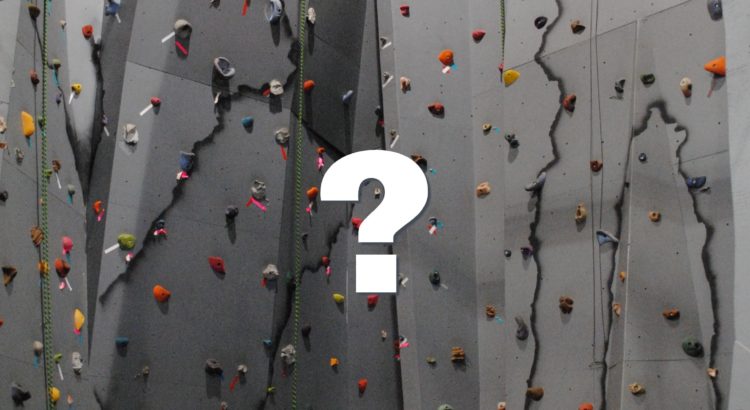Like most small businesses and nonprofits, camps across the country are struggling to make decisions on how, if and when they will be able to resume operations amid the Coronavirus pandemic. Specific guidance for camps from the CDC, state and federal governments has been all but lacking, and many camps (like the one I direct) have continued the wait-and-see game, anticipating more specific direction this week as states begin to ease restrictions.
The first glimmer of guidance from the CDC hit the news media on Monday (April 28, 2020). Fox News reports receiving a draft of 17 pages of guidance for reopening America. In it, they quote a number of sections regarding other nonprofit sectors (schools, churches, etc.), and paraphrase a bit related to reopening camps:
As for summer camps, the CDC draft recommends that camps be restricted to children of essential workers in phase one, with phase two welcoming children who live in the local area only. By phase three, the CDC recommends that camps restrict attendance to those from limited transmission areas.
Of course, these are only guidelines, and will need to be applied by camps according to specific direction from state and local governments across the country. And, with each phase requiring a “downward trajectory” of influenza-like illness and covid-like syndromic cases “within a 14-day period,” there is the possibility now that we could see camps opening to serve a limited number of campers as early as the end of May – consistent with the existing schedules of many camp and retreat centers.
Our camp registration software provider, CampBrain, has conducted two surveys of camps across the U.S. and Canada, and this week published for their clients the results of those surveys. The first survey was conducted from April 6th-8th with 352 camps participating. The second survey asked the same set of questions two weeks later from April 20th-22nd, and included the participation of 306 camps.
The data is consistent with anecdotal evidence I have seen and heard in conversation with fellow camp professionals, and in online discussions among youth pastors seeking answers, directions and ideas in regards to the likelihood of camps for their youth this summer.
Overall, here are a couple of my observations from CampBrain’s data:
First, camps should be having a weekly cycle of registrations throughout the early spring, and generally see a normal uptick in registrations around May 1. Though registration data shows that registrations have plummeted and generally been low and flat since the outbreak began, there is reason for optimism. Since the expected increase coincides with the easing of restrictions across the country, we are hopeful that new registrations will provide hope and data for camp directors as they seek to make decisions about summer camp operations.
For our camp, we generally add 50% more to our registration total in May, and then double again before the first of July… maxing out and filling our programs by the middle of July… so we are generally a bit behind the normal registration curve timeline. I think that sometime in the first week of May, many camps will need to make a decision and publish it – being smaller and nimble, with a later registration trend, we have a little longer to decide. The potential release of CDC guidelines for camps this week may also give camp directors and boards additional information on which to base their decisions.
If you are considering registering your child or youth group for camp this summer, I recommend doing it before May 1. Your early commitment to participation will give your camp more information on which to base their decision.
Here is the registration graph from CampBrain data:

Second, we see that overall, less camps are sure that they will be opening for the summer now than they were just three weeks ago. The number of camps saying they are “100% sure” or pretty sure they will open has dropped from 24% to 20%, and the number saying they will “definitely not” or “probably not” operate summer camp programs has risen from 23% to 36%. I took the survey both times, and indicated indecision (3 on their rating scale) both times… we’re really just not sure yet, and I believe the decision will become easier as more information becomes available.
What does this mean for parents and group decision-makers? Well, the trend is that camps are slowly edging towards decision, and those decisions are looking less promising. Please be patient with your camp; the directors I have heard from really are working diligently to assess the information, the risk in their area, and their financial and operational ability to adjust to operating under these challenging circumstances.
Here is the graph:

CampBrain also broke down the data by sectors. Here’s some highlights and observations:
Faith-based camps have shifted more than average towards not doing camp this summer: 44% are now saying they will definitely not or probably not do camp. The determination of what sector to identify with was left to the discretion of the camp completing the survey; I assume some of these camps are denominationally owned, and some are independent camps with a strong faith component.
Day camps seem to have reduced the level of uncertainty, with more committing to probably doing camp this summer, up from 26% to 30%… and more committing to probably not, up from 19% to 30%. I’m guessing this is because they are not as affected by the prospect of campers and staff living together in close quarters, and because their costs (and therefore risks) associated with cancelling is lower (lower lost revenue, lower overhead).
Private overnight camps have begun to make their decisions as well. Only 34% now remain in the middle (undecided / 3), compared to 52% just a couple weeks prior. The larger portion of decisions have shifted towards not having camp (44% are not or probably not having camp, up from 29%), and while the number probably having camp remains steady, the number who are sure they are having camp has increased from 2% to 6%. Many of the camps in this sector, I would assume operate longer sessions (2-8 weeks long) and therefore have less turnover of campers, and would likely have an easier time screening campers.
School-related camps maintain a high degree of uncertainty, with 57% still undecided (3), and now only 1% certain they are having camp (down from 4% in the previous survey). This continued uncertainty is likely due to camp decision-makers being forced to wait on direction from school boards and administration, as well as on timelines and plans for fall public school education plans. The number of those certain they will not be having camp has grown significantly, however, from 2% to 11%, likely as some of that direction trickles down to those planning and executing school camp programs. This uncertainty reflects the sentiment I’m hearing from band camp directors – waiting for direction from school administration, and hoping they can have camp but not optimistic.
Special needs camps reflect the strongest trend towards definitely not doing camp. The number reporting 100% certainty about closing for the summer has grown from 9% to 52%, while the number at 100% open remains at zero, and the number probably doing camp has shrunk from 14% to 10%. The fact that special needs camps are early to commit to closing is not surprising, given their increased risk due to the likelihood that many more of their campers would have vulnerable health conditions.
The full reality of the impacts of Coronavirus on the camping industry is yet to be seen. I know it will be extremely difficult for many camps – both economically and emotionally. And I am confident that many kids will miss out on the most significant experience they typically have during the summer. For many kids, their camp experience is the only vacation they get during the summer. For many kids, their camp experience is a crucial time of spiritual encouragement. And for many kids, it is a time when powerful relationships are formed, and pivotal relational skills are learned. These are things that may be missed by many this summer.
In the days ahead, I’m hoping to share some insights into how our camp and others in camping are responding, how you as a youth pastor or parent can support or encourage your camp, and what we can do to help our kids – and our camps – make the most of the summer ahead.
